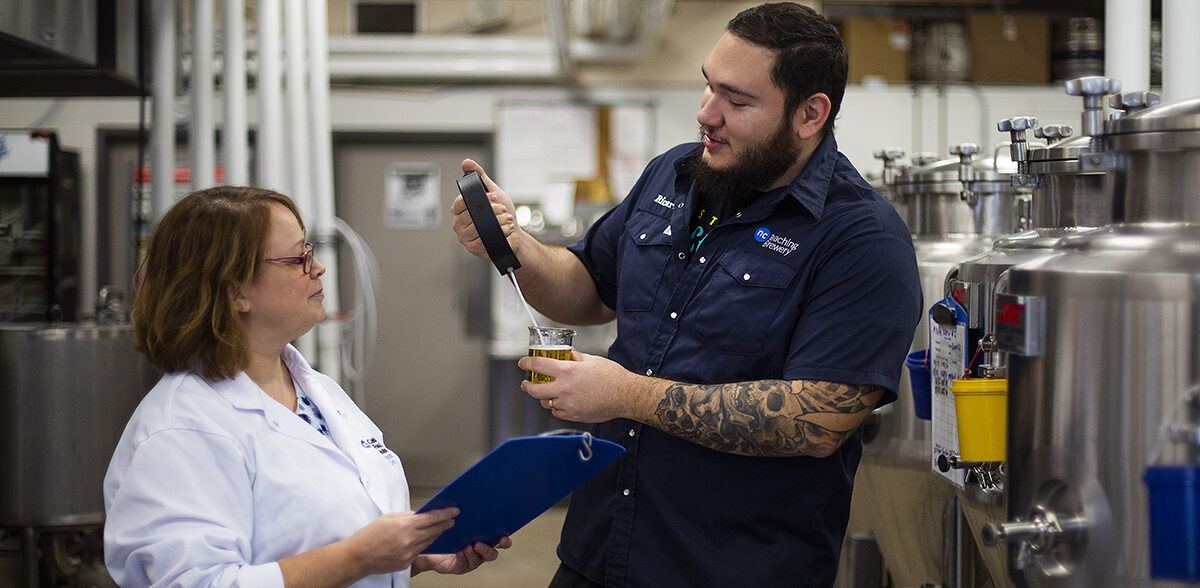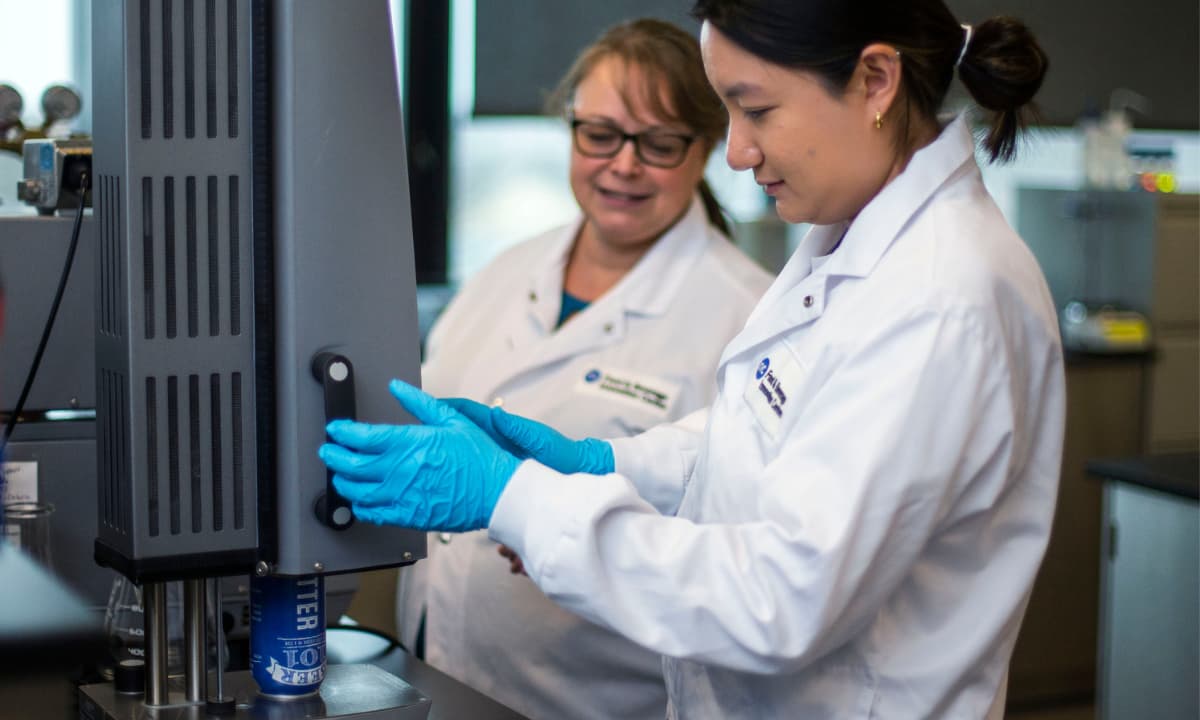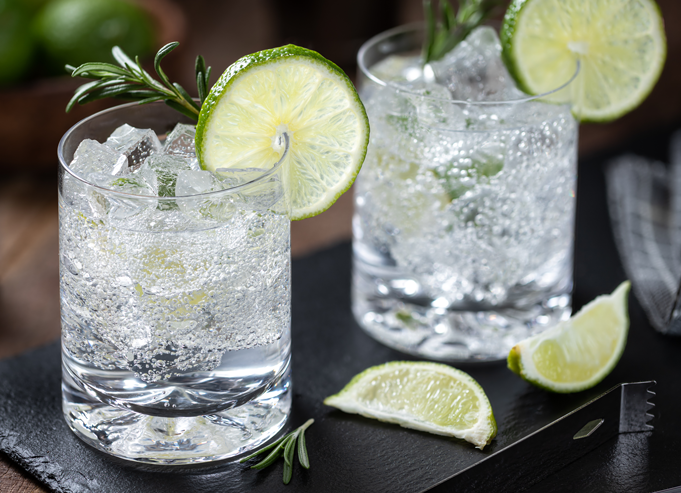Carbonation will influence the organoleptic attributes and the safety of the product. In terms of organoleptic attributes, carbonic acid will provide acidity to the product affecting the sweetness-acidity balance of the overall flavor profile. In addition, the presence of CO2 gas may enhance certain aromatic compounds and/or suppress some flavour elements when compared to the equivalent flat beverage. Moreover, the presence of CO2 provides a different consumer experience having an association with pleasure, refreshment and satisfaction. When looking at processing and CO2 dissolution, it is important to consider the impact of the ingredients on the nucleation and surface tension, which would consequently affect the formation of the bubbles, the bubble size and the bubble stability. Regarding food safety, carbonation will help with the inhibition of microbial growth (Azeredo, et. al 2016), and therefore it must be considered in food safety assessments.
Considering all the above, carbonation is the result of the art of science and processing, that satisfies the palate of humans in interesting ways. Because of this, FBIC offers product development services in the world of carbonated beverages, which are conducted in parallel to food safety and processing development in our HACCP-certified beverage pilot plants.
To learn more about our services, contact David DiPietro, Business Development Manager, at [email protected], and visit ncinnovation.ca.






